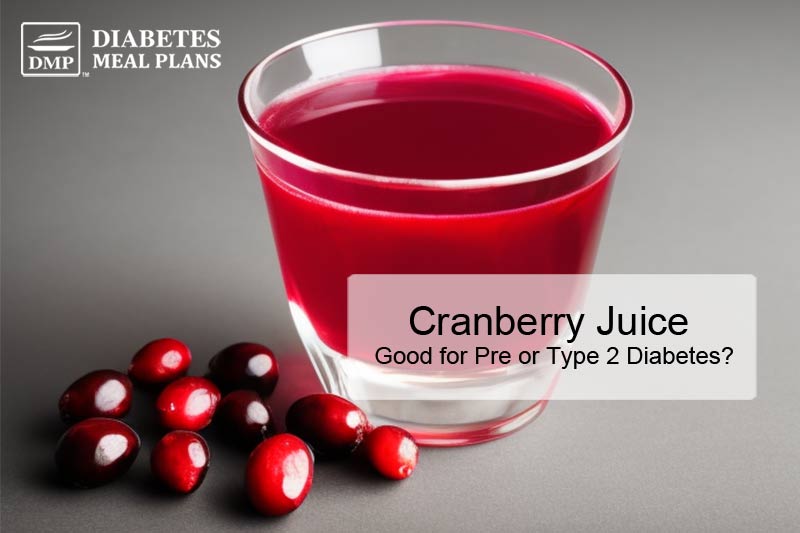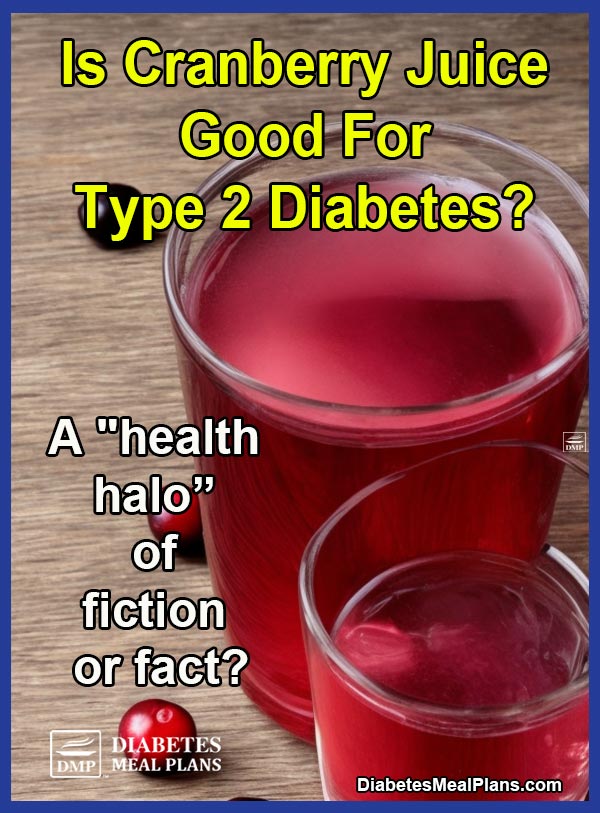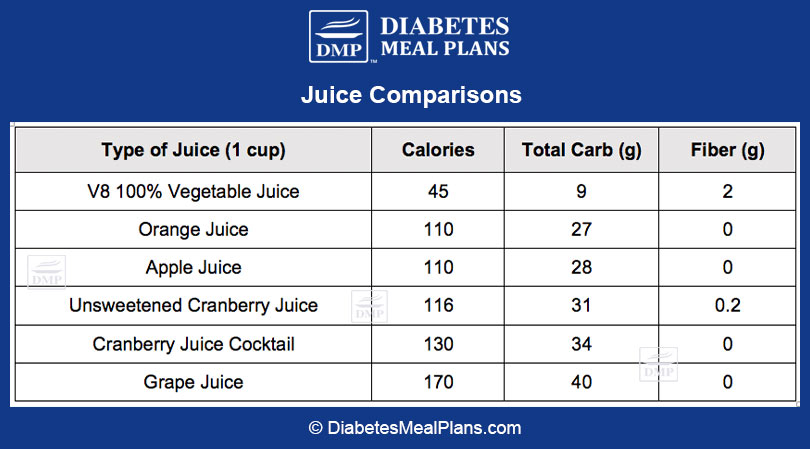Table of Contents[Hide][Show]
The average adult needs at least 64 ouces (8 cups) of fluid in a 24 hour period to stay hydrated.
Hopefully those 8 cups consist mostly of plain water with maybe a few servings of coffee or sparkling seltzer sprinkled in throughout the day.
You may already know that sipping on sodas all day isn’t great for blood sugar regulation…but what about antioxidant-rich fruit juices like cranberry juice? Are there any benefits for people with type 2 diabetes or prediabetes?

Cranberry Juice Nutrition Facts
Cranberry juice is a beverage with a “health halo” – meaning that it’s often advertised as something healthier than it actually is.
Although it’s rich in antioxidants and famed for its alleged ability to cure urinary tract infections, the health benefits of cranberry juice may be more fiction than fact.
Like other fruit juices, cranberry juice is packed to the brim with sugar, sugar, and… even more sugar!
Straight cranberry juice is pretty tart, so many brands add in extra sugars like cane sugar or even the dreaded high fructose corn syrup.
But, even an “unsweetened” cranberry juice is a liquid sugar bomb due to all the naturally-occurring sugars. This makes sense when you realize that one cup of cranberry juice contains the juice of 250 berries!
Most people wouldn’t enjoy dinner of several hundred raw cranberries, but it sure is easy to slurp all that sugar down in the form of juice.
With that in mind, let’s check out the nutrition facts for 1 cup (8 oz) of unsweetened cranberry juice:
- Calories: 116
- Carbohydrates: 31g
- Fiber: 0.2g
- Protein: 0.3g
- Fat: 0.1g

Comparing Different Juices
Now we know that cranberry juice contains a lot of carbs (sugar) and not much else. How does it compare to other popular juice options?
Don’t let the mouth-puckering tartness of cranberry juice deceive you; it contains just as much or even more sugar than classics like apple and orange juice.
The only juices with more sugar than the standard cranberry are cranberry juice cocktail (containing added sugar) and the worst offended of them all…grape juice.

Fruit juice of any kind can easily turn into a blood sugar “trap.” Drinking liquid sugar sends your blood glucose shooting up, followed by insulin levels that rise to match it.
This often leads to an extended period of elevated blood sugar followed by a rollercoaster of ups and downs as the body attempts to stabilize blood sugar levels for hours after drinking a sugary beverage.
This can leave you fatigued, groggy, and craving even more sugar!
To stop this vicious cycle, leave the fruit juice on the shelf and opt for a low carb beverage that won’t do a number on your blood sugar stability.
Conclusion: Is Cranberry Juice OK for Diabetes?
Simply put, the answer is NO!
Cranberry juice is just sugar with no protein, fat, or fiber to fill you up and give your body lasting energy.
For these reasons, we strongly recommend against drinking juice. But, that’s not where the story ends for cranberries!
While drinking the equivalent of 250 cranberries in a cup of juice isn’t recommended, a small serving of fresh or frozen cranberries can be a tart and tasty treat.
A modest half a cup serving of raw cranberries contains just 6.7g of carbs plus 2.5g of fiber, so they’re OK for most people with diabetes to eat. Just stay away from dried cranberries as they’re loaded with carbs.
Now back to the topic of juice. If you’re going to drink juice, go for a lower carb vegetable juice that’s mostly made of veggies like leafy greens, cucumber, tomatoes, celery, and herbs for flavor.
For a zero-carb alternative, try other fun drinks like a refreshing spritzer, a stevia-sweetened soda, a crisp (unsweetened) iced tea, a perky iced coffee, or a simple glass of plain water.
Consuming enough fluids is key to feeling your best and managing your blood sugar levels, so raise a glass (or two) of sparkling water and stay hydrated all day long!

Leave a Reply